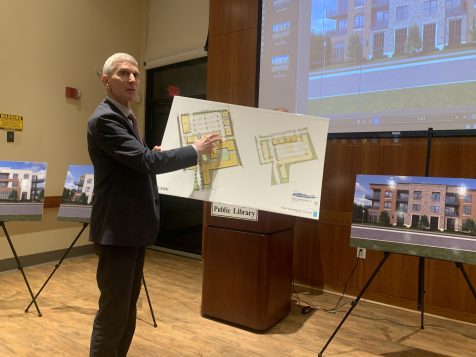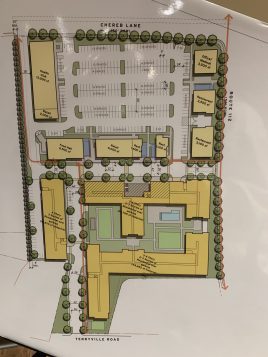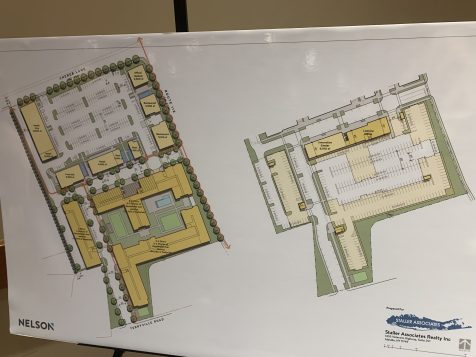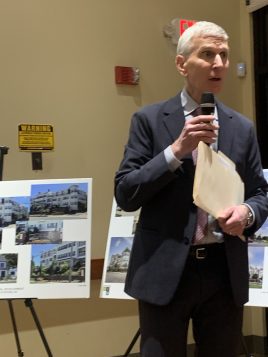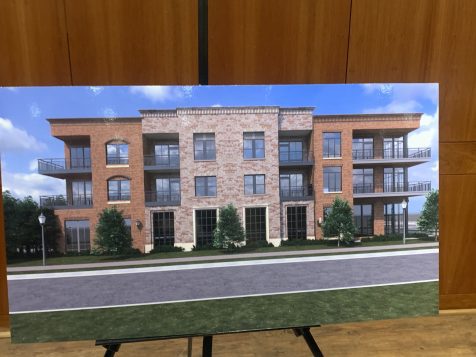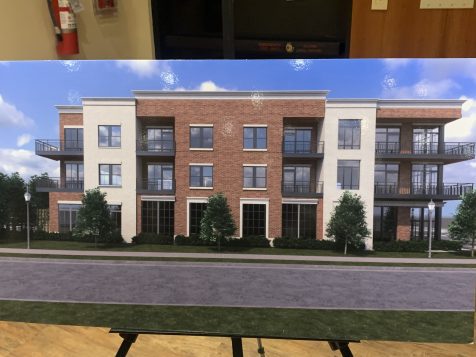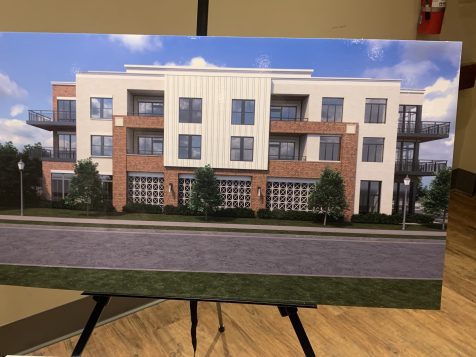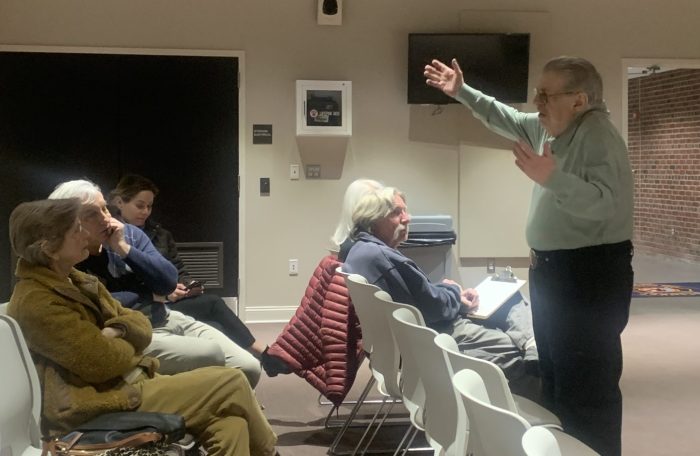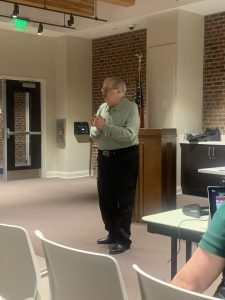By William Stieglitz
The June 24 Port Jefferson Station-Terryville Civic Association meeting at Comsewogue Library saw Adrienne Esposito, the executive director for the Suffolk based CCE (Citizens Campaign for the Environment), featured as a special guest. Esposito touched on a number of topics related to health, the environment and local infrastructure and in particular advocated for three bills in the state senate and assembly.
One such piece of legislation was the Ban on PFAS in Everyday Products bill, which would prohibit the use of per-and polyfluoroalkyl substances (PFAS) for goods such as food packaging, cookware and textiles. “PFAS is a very, very dangerous chemical,” Esposito said. “It’s associated with liver disease, liver damage, thyroid damage, kidney cancer, testicular cancer… and it’s in our drinking water.” Esposito said that while the Suffolk County Water Authority cleans our water using granulated activated carbon filtration systems, this does cost the county $1,500,000 on average per wellhead.
Esposito spoke next on the Packaging Reduction and Recycling Infrastructure bill, which would minimize the packaging sizes allowed for certain products and also prevent PFAS use in food packaging. She said that despite her organization having advocated the bill for seven years with it seeing 29 amendments based on industry input, it still failed to pass when the assembly speaker declined to bring it up for a vote. She attributed the failure of both bills to the influence of industry lobbyists, arguing that while environmental organizations such as hers do a lot of work, “We don’t have a quarter of a million dollars to drop on the bills.”
The third bill she advocated for is the Horseshoe Crab Protection Act, which would prohibit the harvesting of the species for commercial and biomedical uses. She said that overharvesting, particularly during their mating season, has hurt not just horseshoe crab populations but other species as well, such as the red knot, a migratory bird that eats horseshoe crab eggs and is listed as threatened by the New York DEC.
Esposito added that while CCE is a fully bipartisan organization, she was disappointed in assembly members recently voting against this bill despite voting for it last year. According to Esposito, when she asked the assembly members about their ‘no’ votes, several said it was an accident due to being on an “on automatic” mindset of voting ‘no,’ and that some apologized and changed their vote to a ‘yes.’
Esposito encouraged local residents to contact their representatives if they support the bills, and also thanked Port Jefferson Assemblywoman Kassay (D, AD-4) for her efforts in passing the Clean Water Septic System Bill as well as a bill to further the development of a rail yard at the Port Jefferson Lawrence Aviation site, which Esposito says she expects the governor to approve.


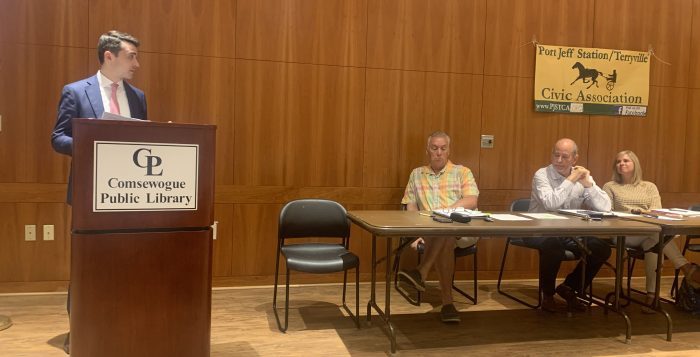

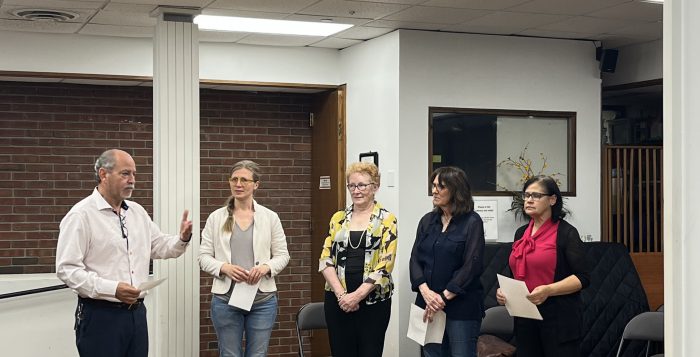
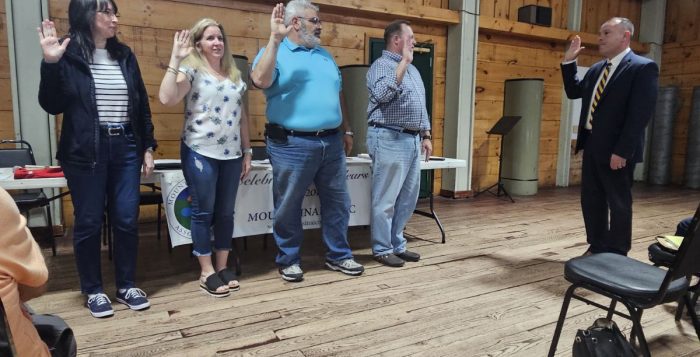

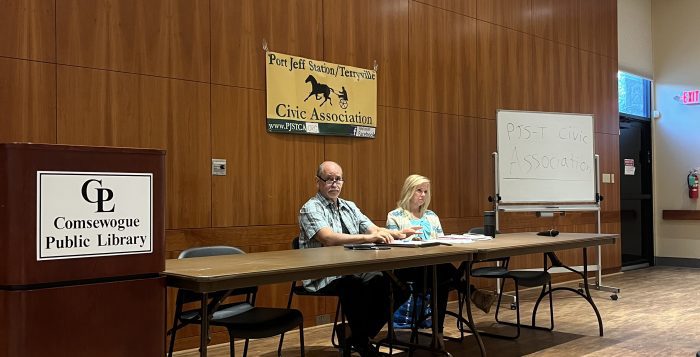
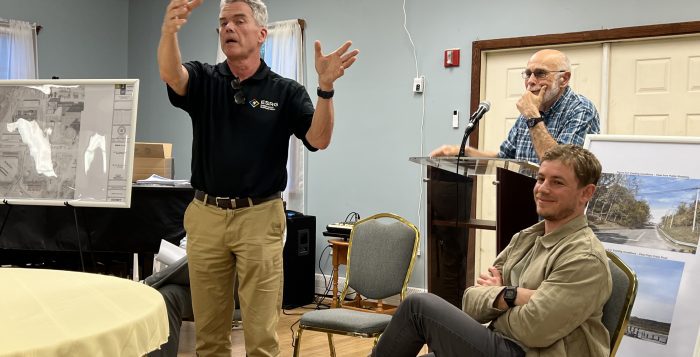

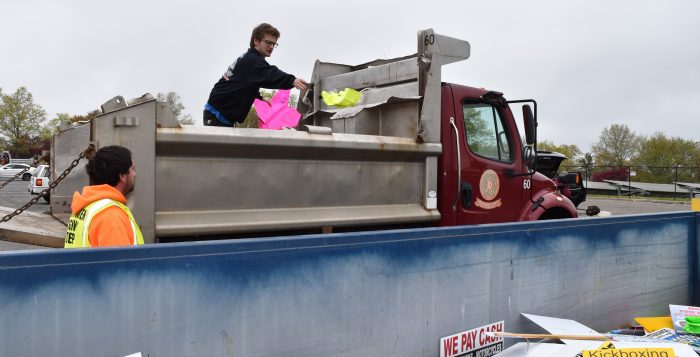
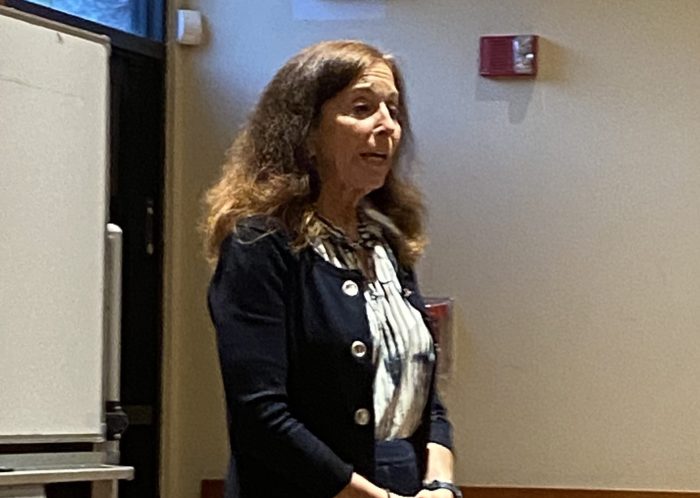


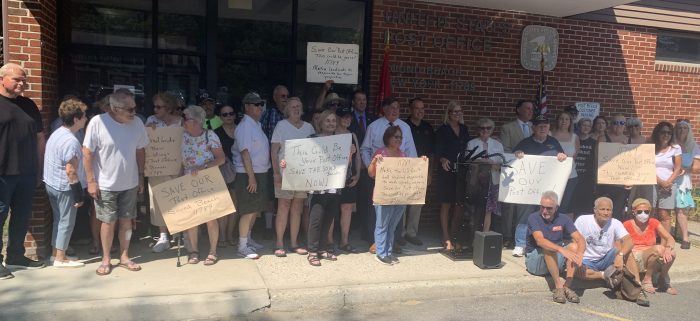





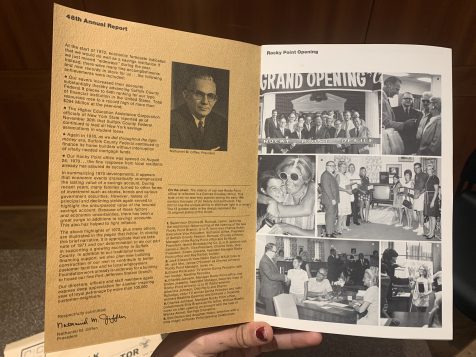
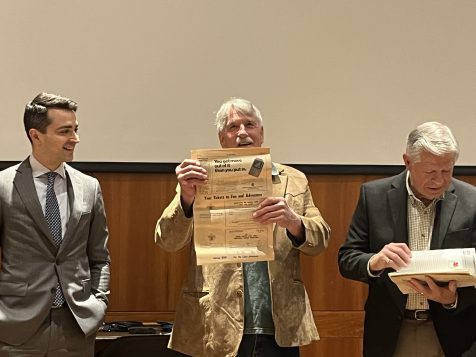
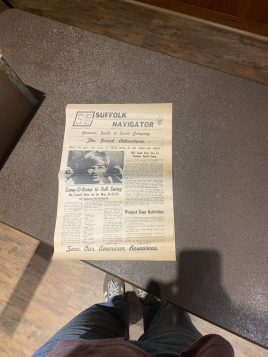
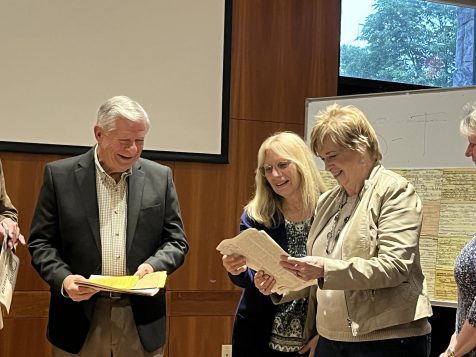



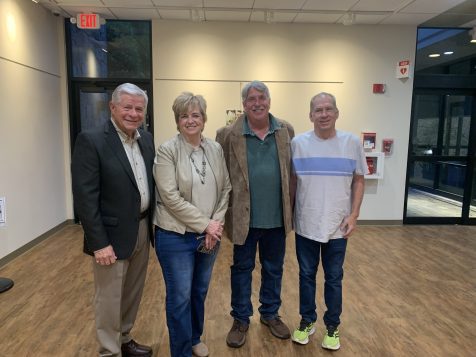
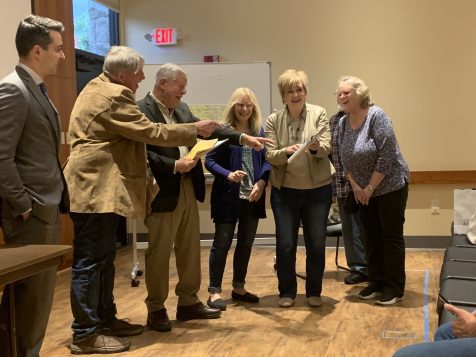
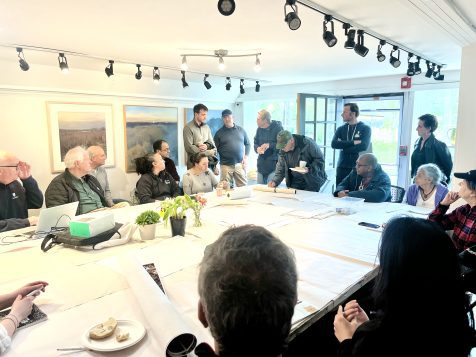
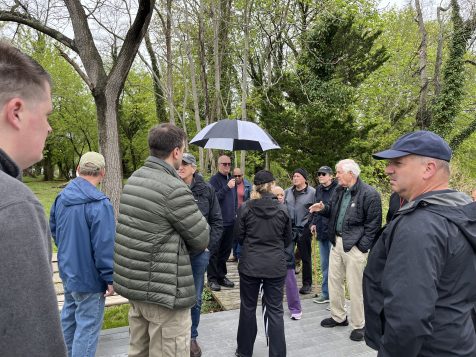

 So this year join the Sound Beach Civic Association in remembering and celebrating what we all studied as the American Revolution. Don’t just read about it — This year live it. Of course, we don’t have to ride, or drive, from Boston to Lexington, a ride that many consider the opening of the American Revolution. There’s another way: An organization, Two Lights for Tomorrow, is asking us to commemorate that famous ride and use the imagery of that shining light “Of the North Church tower” as a uniting call to action to celebrate and serve.
So this year join the Sound Beach Civic Association in remembering and celebrating what we all studied as the American Revolution. Don’t just read about it — This year live it. Of course, we don’t have to ride, or drive, from Boston to Lexington, a ride that many consider the opening of the American Revolution. There’s another way: An organization, Two Lights for Tomorrow, is asking us to commemorate that famous ride and use the imagery of that shining light “Of the North Church tower” as a uniting call to action to celebrate and serve.